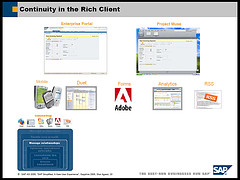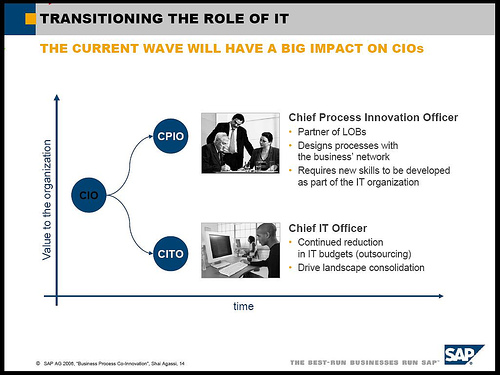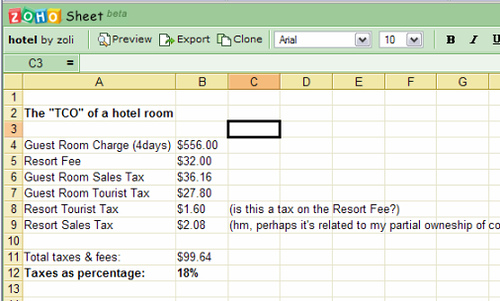(Updated)
Here’s another example of the blogging effect: the SVASE Breakfast Club Session I’ll be hosting this Thursday is already sold out. These events are normally available for online booking until the day before… the difference? The VC, Will Price is an active blogger himself, and he posted about the event.
In June Stowe Boyd will talk at an SVASE Startup-U event about Advisory Capital.  Since Stowe jost posted this on his top-rated blog, guess what will happen soon … hurry up to register, while you can.
Since Stowe jost posted this on his top-rated blog, guess what will happen soon … hurry up to register, while you can.
See you there ![]()
Update: The Capitalizing On Emerging Markets and Technologies event  on June 1st is still available for registration.
on June 1st is still available for registration.
Tags: SVASE, startup, startups, entrepreneurship, advisorycapital, vcfunding, venturecapital, zoliblog







 Quick news from the press conference at SAPPHIRE 2006: Shai Agassi has just announced the all-cash acquistion of
Quick news from the press conference at SAPPHIRE 2006: Shai Agassi has just announced the all-cash acquistion of  as Leo Apotheker clarified during the Press Conference, over time all SAP’s offering will be made available in the “hybrid” model.
as Leo Apotheker clarified during the Press Conference, over time all SAP’s offering will be made available in the “hybrid” model.
Recent Comments